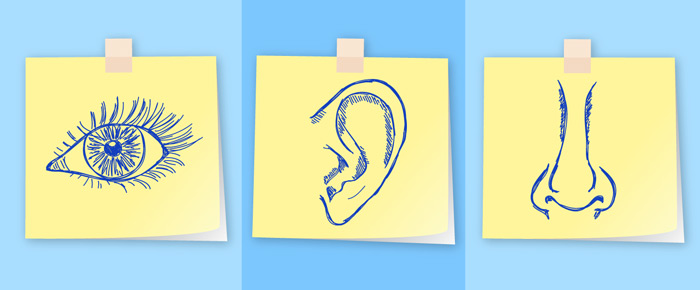Post-Stroke Paralysis: A Quick Guide From Observation to Functional Activities

Stroke is the most common diagnosis treated by occupational therapists1 and hemiplegia – paralysis of one side of the body – is one of the most common symptoms of stroke.2 Therefore, knowing how to evaluate hemiplegia and improve function are primary concerns for occupational therapists. Jan Davis addresses these topics in Part A: Functional Treatment Ideas and Strategies in Adult Hemiplegia.4 Here are my main takeaways after watching her course.
Evaluation
What you see, hear, and feel is important for a thorough evaluation of a client with hemiplegia.
See. Observe your client’s body alignment and symmetry, first stationary and then in motion. Pay attention to any changes in muscle tone, posture, and alignment. Look at all sides of your client and note the proximal and distal movement patterns.
Hear. Listen to what your client has to say. Ask what they are most concerned about and what functional activities do they want to be able to perform. Listen for their main complaints and note to yourself their priorities.
Feel. Use your tactile sensation to see how the muscles and movement feel. How does it feel at the end of the range of movement? Does it hurt when they move or when you gently move their limb? What kind of pain do they feel? Feel for muscle tightness and resistance or loose joints and muscle atrophy.
Clinical Reasoning
Now that you’ve used your senses, it’s time for you to use your clinical reasoning. Hemiplegia often leads to long-term impairments in a client’s functional abilities.3
You should identify key underlying limitations and determine those most likely to impact your client’s ability to perform functional activities. You may also need to evaluate a client’s environment, equipment, and other factors (sensation, vision and cognition) to determine if they contribute to functional limitations.
Functional Activities
Functional activities play two major roles in rehabilitation. Not only are they the goal of interventions, but they can also be the means of addressing identified deficits (e.g. reduced strength and range of motion). When participating in functional activities, your client is likely to have the motivation to move with more range of motion, push harder, and stay engaged for longer periods of time.5
-
(2013) 2012 Practice analysis of the occupational therapist registered: Executive summary. Gaithersburg, MD: National Board for Certification in Occupational Therapy.
- Orchanian, DP, and Jamison, PW. (2012). Cerebrovascular accident. In B. Atchison and D.K. Dirette (Eds.) Conditions in Occupational Therapy: Effect on Occupation Performance, 4th Philadelphia: Wolters Kluwer/Lippincott Williams & Wilkins.
- Franck, JA, Halfens, J, Smeets, R, and Seelen, H. (2015). Concise arm and hand rehabilitation approach in stroke (CARAS): A practical and evidence-based framework for clinical rehabilitation management. The Open Journal of Occupational Therapy: Vol. 3: Iss. 4, Article 10. Available at: http://dx.doi.org/10.15453/2168-6408.1164
- Davis, OTR J, Champion JL, International Clinical Educators, Inc. StrokeHelp: Functional treatment ideas and strategies in adult hemiplegia. Faculty guide. http://www.worldcat.org/title/strokehelp-functional-treatment-ideas-and-strategies-in-adult-hemiplegia-faculty-guide/oclc/813913820.
- Davis J. Task selection and enriched environments: A functional upper extremity training program for stroke survivors. Topics in stroke rehabilitation. 2006;13(3):1–11. http://www.ncbi.nlm.nih.gov/pubmed/16987787.

